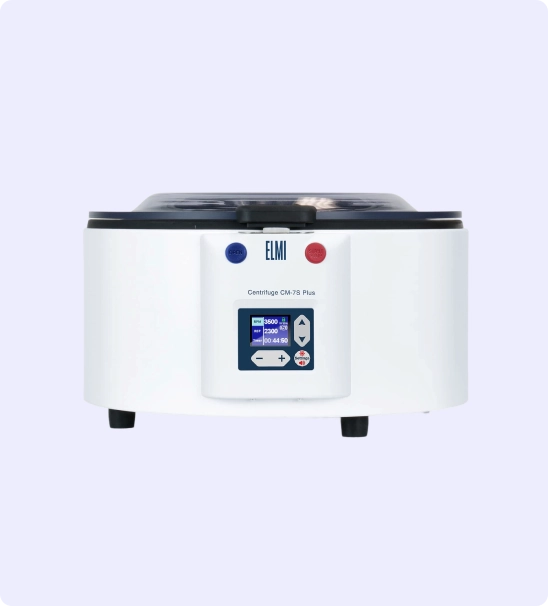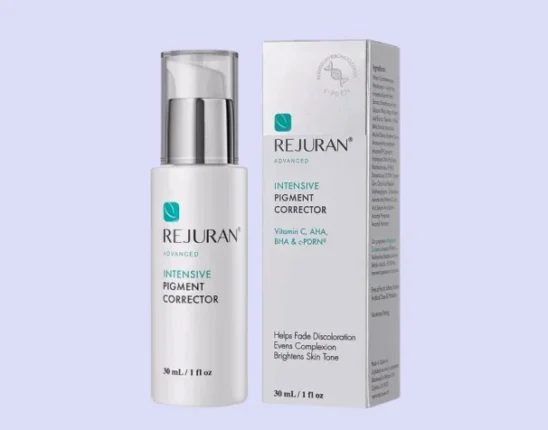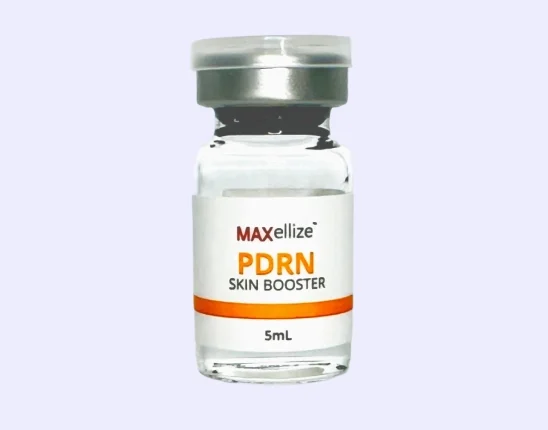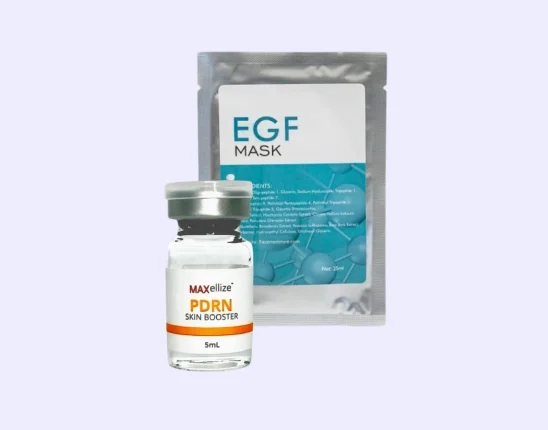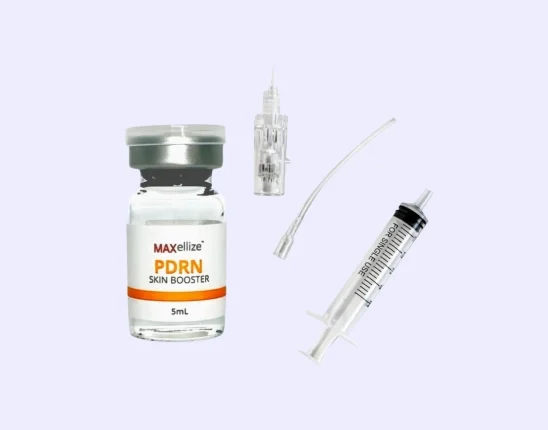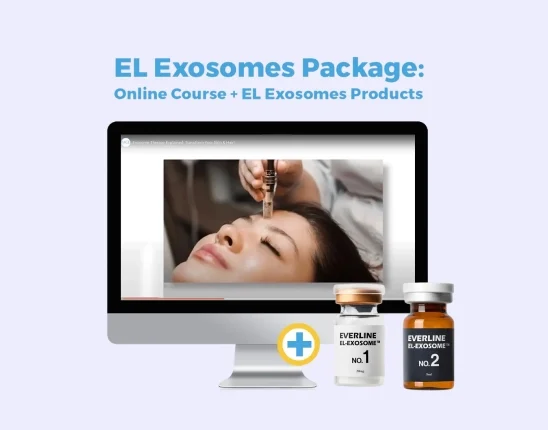Platelet-rich plasma therapy is one of the treatments for hair loss most patients are confident with. It’s minimally invasive and leaves you with fewer risks than hair transplantation treatment and other surgical solutions. Receiving injections of growth factors into your scalp offers your hair follicles the boost of nutrients to heal and grow hair again. PRP injections may also be combined with stem cell therapy to enhance the results of the procedure significantly.
So what is PRP with stem cell therapy, and is it effective? PRP with stem cell treatment for hair loss is a combination of procedures that stimulates hair growth. These involve injections of autologous platelet-rich plasma and stem cells to provide your scalp with a boost of healing factors responsible for reactivating dormant hair follicles. Both treatments have produced positive results in clinical trials, so combining them will make your hair regrowth therapy more effective.
Is PRP with Stem Cells Effective?
Platelet-rich plasma injections and stem cell or mesenchymal stem cell therapy are proven to be effective procedures on their own. When combined, they complement each other in speeding up the healing process of the hair follicles and aid them in growing thicker and healthier hair strands.
Numerous studies have revealed positive results of PRP therapy for hair loss. In these clinical trials, it has increased the number of hair follicles, hair count, hair thickness, and strength of hair roots. Meanwhile, stem cell hair regeneration has also shown promising results, as a study revealed a 29% improvement in hair density around 23 weeks after the last procedure.
Since these procedures don’t interfere with each other, patients with hair loss can benefit from the combined effects of growth factors and stem cells. These treatments are effective enough on their own – when both are injected as hair restoration treatments, you can expect more significant results in stimulating hair growth.
What You Need to Know About PRP with Stem Cells for Hair Regrowth
Platelet-rich plasma isn’t only a hair loss treatment. It’s generally used as a regenerative medicine that speeds up the healing process of targeted areas. Patients suffering from injuries, inflammation, and other medical conditions rely on injections of platelet-derived growth factors.
Stem cell therapy is also one of the revolutionary discoveries in regenerative medicine as it produces new healthy cells to replace those damaged by diseases. These cells derived from adipose tissues, fat or fat cells, and other sources can turn into other types of cells, making them reliable for cell regeneration. This procedure is used as a therapy for patients suffering from different diseases, such as Alzheimer’s disease, type 1 diabetes, Parkinson’s disease, and more.
As treatments for androgenetic alopecia and other types of hair loss, platelet-rich plasma and stem cell therapy can grow new and thicker hair. Know more about the reasons you experience hair loss and how these medical treatments help you grow your hair.
Why You Experience Hair Loss
Receiving injections of concentrated platelets and stem cells gives your hair follicles a boost of nutrients to grow hair again. However, it’s important to note that these solutions don’t address the root causes of your hair loss.
There are many causes of hair thinning or hair loss:
- heredity or male and female pattern baldness
- age
- autoimmune diseases
- cancer treatment
- hormonal imbalance
- stress
- other medical conditions
These causes affect your hair follicles and how it receives proper nutrients from your body to grow new hair – some conditions also directly attack the hair follicle cells. Hair follicle stem cells are the cells responsible for hair growth. These cells are normally dormant and will only reactivate once a new hair growth cycle starts, but with hair loss, they fail to reactivate and grow hair.
In turn, the hair follicles stop in the telogen phase or the resting phase of the hair cycle. It may also shrink until it’s unable to grow hair again.
The state of your hair follicles greatly causes hair loss. Platelet-rich plasma as an effective treatment, combined with injections of your stem cell, will boost the regeneration of hair follicles and improve the thickness of every hair strand.
How The Procedures Grow Your Hair
The growth factors from the concentration of platelets and the daughter cells from your stem cell therapy speed up the healing process of your hair follicles to stimulate hair growth, even improving hair volume.
Stem cells rejuvenate the hair follicles damaged from the underlying causes of your hair loss. It also stimulates cell growth as the daughter cells turn into dermal papilla cells that regulate hair growth.
The concentrations of growth factors also boost your hair follicles’ natural healing response as it stimulates cell growth and collagen production. It also improves the blood circulation in your scalp as it opens up the blood vessels around your hair follicles, allowing them to receive more oxygen and nutrients from the body.
Combining these hair loss treatments gives you a highly effective hair regrowth therapy without needing to undergo hair transplant surgery and other complicated procedures.
GET MEDICAL-GRADE BLOOD COLLECTION NEEDLES AT 20% OFF WITH CODE “20OFF” ON YOUR FIRST ORDER.
Stock up on blood collection needles and other medical and aesthetic supplies with FACE Med Store. Checkout today and get 20% off your order.
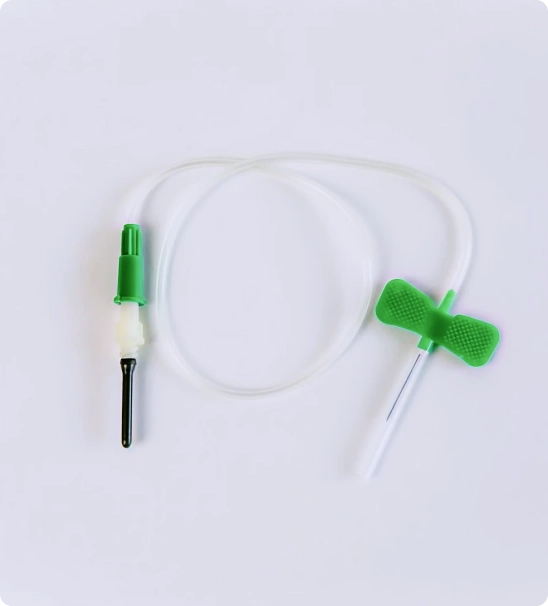
What PRP Injections Consist Of
Your practitioner harvests the serum for your platelet-rich plasma therapy from your blood. These serums consist of the following:
- plasma – the liquid part of your blood that acts as the medium, made of proteins
- platelets – the blood cell responsible for the body’s regeneration with its wound healing and tissue repair properties
Your scalp will receive high concentrations of platelets, which also contain different types of growth factors.
Growth Factors in Your PRP
The growth factors found in your injections make your platelet-rich plasma therapy an effective treatment for resolving male and female pattern hair loss and stimulating hair growth. Here are the growth factors in your PRP injections:
- Epidermal growth factor (EGF)
- Fibroblast growth factor-2 (FGF-2)
- Insulin-like growth factor (IGF)
- Platelet-derived growth factor (PDGF)
- Transforming growth factor-beta (TGF-b)
- Vascular endothelial growth factor (VEGF)
Receiving injections concentrated on these healing factors will greatly protect and sustain your hair follicles from the underlying causes of your hair loss.
How the Procedures Work
Some patients seeking solutions for a reduction in hair loss prefer minimally invasive treatments, like PRP injections and stem cell therapy. In less than an hour, their procedure is done without needing to go through lengthy downtime.
Process
Platelet-rich plasma injections and stem cell therapy use autologous growth factors and mesenchymal stem cells, though stem cells may also come from packed vials. After a series of consultations and examinations, your PRP treatment session will start with medical professionals doing a blood draw to collect samples. These samples will then be processed in a centrifuge to separate plasma and platelets from your other blood cells.
As for harvesting your stem cells, they will prepare you for a mini-liposuction procedure at your waist area where they will collect around 50 to 100 milliliters of fat. They will also process this sample for a few minutes and put it in an activation solution.
After preparing your scalp for receiving injections, your practitioner will then administer the growth factors and the stem cells into your scalp, near your hair follicles.
Ideal Candidates
The ideal candidates for platelet-rich plasma injections and stem cell therapy are patients suffering from the early stages of hair loss. These are patients with thinning hair, patchy hair loss, or bald spots. Their hair follicles must still be partially active, at least.
Patients with dormant hair follicles or worse hair loss might also receive these injections, but they may need more treatment sessions, and the results might be slower. Because of this, you may want to check out other procedures where you might have more significant effects.
Since platelet-rich plasma therapy uses your own blood cells, patients with blood disorders, autoimmune diseases, and other medical conditions may not be ideal candidates for the procedure.
Treatment Sessions
PRP treatment for hair loss alone requires patients to receive 3 initial injections given 4 to 6 months apart, while stem cell therapy for hair loss alone requires around 6 to 10 sessions 3 to 4 weeks apart.
If you’re going to combine PRP treatment with stem cell therapy, you will need to receive 2 treatments, 3 to 6 months apart.
What to Expect from the Procedure
Many patients become anxious about the turnout of their hair loss treatments – many are wary about the procedure worsening their condition. Because of this, it’s important for patients to be more informed about what to expect, especially when it concerns the adverse effects, results, and downtime.
Side Effects
Stem cell therapy still needs more developed research for medical experts to learn about its other adverse effects. Patients face the risk of unknown reactions from this treatment. Meanwhile, platelet-rich plasma injections came from your own blood sample, so there will be minimal risks of allergic reactions and other major side effects.
Here are the possible adverse reactions to expect from PRP with stem cell therapy:
- pain, bruising, swelling at the injected site
- allergic reactions from other products
- infection or skin irritation during the healing process
- scarring
- hair shedding for the first few weeks
- nausea and dizziness
These side effects shouldn’t be a cause of concern because they’re usually mild and resolve on their own within a few weeks. Experiencing side effects is also pretty common among most, if not all, cosmetic procedures. If these symptoms persist, contact your doctor immediately.
Here are some of the rare side effects:
- blood vessel injury
- nerve injury
- virus infection
- uncontrollable hair growth
- multi-tasking of cells
Most of your side effects from PRP with stem cells for hair loss had come from the trauma caused by the injections. These serums also trigger a mild injection to trigger the body’s healing response. If you experience the rare side effects above, call the emergency hotline in your area immediately or contact your doctor.
When to Expect Results
The results of your PRP treatment with stem cells for hair loss won’t come out instantly – the growth factors and stem cells need time to work and repair your hair follicles, which will still undergo the right hair growth process. You can expect its full results to show up after 8 months, but you might notice some improvements in hair density after a few weeks after your treatment session.
What to Consider When Receiving PRP with Stem Cells Treatment for Hair Loss
Combining platelet-rich plasma treatment with stem cell therapy for hair regrowth may do wonders for improving your hair, especially with a reliable aesthetic clinic, but it’s not without considerations.
If you’re thinking of undergoing these procedures in a combined treatment session, ensure to choose board-certified medical professionals, like a dermatologist or a cosmetic surgeon, who you can trust. PRP and stem cell therapy may be simple procedures on their own, but the process might be more complicated when they’re combined.
Practices must also ensure having the qualifications and certifications required by the law in performing these procedures. As a patient, you must ensure choosing an aesthetic clinic certified for conducting PRP with stem cell treatment for hair loss.
When it comes to processing PRP and stem cells, having the right equipment is also crucial for producing positive results – aesthetic medicine even has specific centrifuge machines for processing PRP. Practices must also have the appropriate equipment to process both hair loss procedures.
Stem cell therapy might be becoming more accessible, but the needed equipment might not be easy to get ahold of. The same goes for PRP – while using a laboratory centrifuge might work, you might still want to have the equipment dedicated for the procedure for the best results.
Choose FACE Med Store for Premium Health and Beauty Supplies for PRP Treatment
Combining platelet-rich plasma with stem cell therapy will give you significant results than undergoing treatment for either of the procedures separately. The growth factors from the PRP and daughter cells from the stem cells are more than enough nutrients for your hair follicles’ tissue repair and hair growth stimulation.
Patients considering this treatment must seek the services of a reliable aesthetic clinic to ensure positive effects. Practices must choose only premium materials to ensure the success of their PRP and stem cell treatment for hair loss. Browse our catalog at FACE Med Store for quality health and beauty supplies at reasonable rates.
